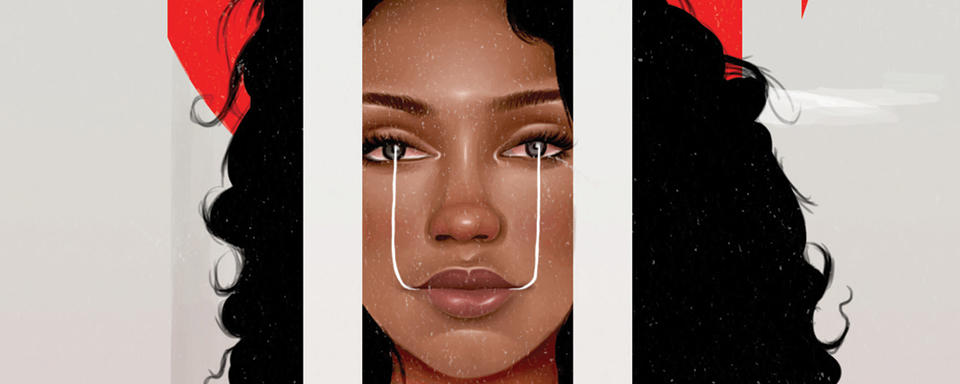
Remembering the forgotten
An interview with Amanda Parris
In Other Side of the Game, Amanda Parris shines a spotlight on Black women and how they support their loved ones and fight for their communities. Told in alternating timelines, the focus falls on different women, Beverly and Nicole, who are in very similar situations. In the 1970s Beverly walks into an office of Black activists, wanting to join the Movement, and has to prove she’s committed enough to fight. Some forty years later, in the Hip Hop generation, Nicole reunites with her ex-boyfriend, wondering where he’s been, when a police officer stops them.
Other Side of the Game is an attempt to remember, re-centre and reconsider what and who often gets forgotten.
In this interview, Amanda talks about her inspiration for the play and the work that went into writing it.
Why did you choose to write this play?
One of my closest friends at the time was incarcerated at the Don Jail and when I went to visit him, I noticed that the visitor’s waiting room was filled with women. I became curious: who were they visiting? How did they feel? What did they have to move around in their day in order to be there? And there was one question that kept nagging at me: why hadn’t I seen their stories depicted on the stage or screen before? I didn’t know it at the time, but I was in the midst of articulating the driving questions that would result in this play.
What kind of research did you have to do to begin writing this play?
When I first began working on this play, I did so with a very talented poet named Keisha-Monique Simpson. She had been dreaming about the two of us working on a story inspired by the Black Power movements in the U.S. I thought it would be a great idea to connect my questions from the Don Jail visitor’s waiting room with these dreams from the past.
We quickly realized that rather than going south of the border, we needed to root this story here. But in order to do, research was required. We read books and watched films, but the most important research conducted was the interviews. I interviewed 13 women and men about their experiences of supporting loved ones who were incarcerated and being incarcerated themselves. I also talked to several elders about what it was like working in political movements that were targeted by the threat of police intervention and eventual incarceration. Those interviews became the lifeblood of the play.
Could you tell us a bit more about the protagonists Beverly and Nicole? Who are they? Could you imagine a future for them?
When we meet Beverly, she’s a young, optimistic student hoping to find purpose and community through activism. What she lacks in experience she makes up for in passion, insight and caring. The late ‘70’s and early ‘80’s were a highly politicized time in Toronto. Beverly is trying to find her voice and her path in the midst of all that. And I think that by the time we say goodbye to her she has discovered a confidence and direction that leaves me with a lot of hope for her future.
When we meet Nicole, she is a young mother working at Shoppers Drug Mart but with a strong sense of ambition and a lot of dreams. She is determined to create a future for herself and her child but there are numerous forces that attempt to derail her, including decisions made by those she loves most. I’m not sure what Nicole’s future is. Her loyalty may end up being her downfall.
What are you hoping readers take away from this play?
I hope this play sparks curiosity for some. I hope it is a work of affirmation for others. I hope that it makes people reconsider how we define justice in our society.
What are you currently reading?
Spike Lee: That’s My Story and I’m Sticking to It as told to Kaleem Aftab
What are you working on next?
A short film that I’m (fingers crossed) hoping to shoot this summer!
Order your copy of Other Side of the Game now!



Comments